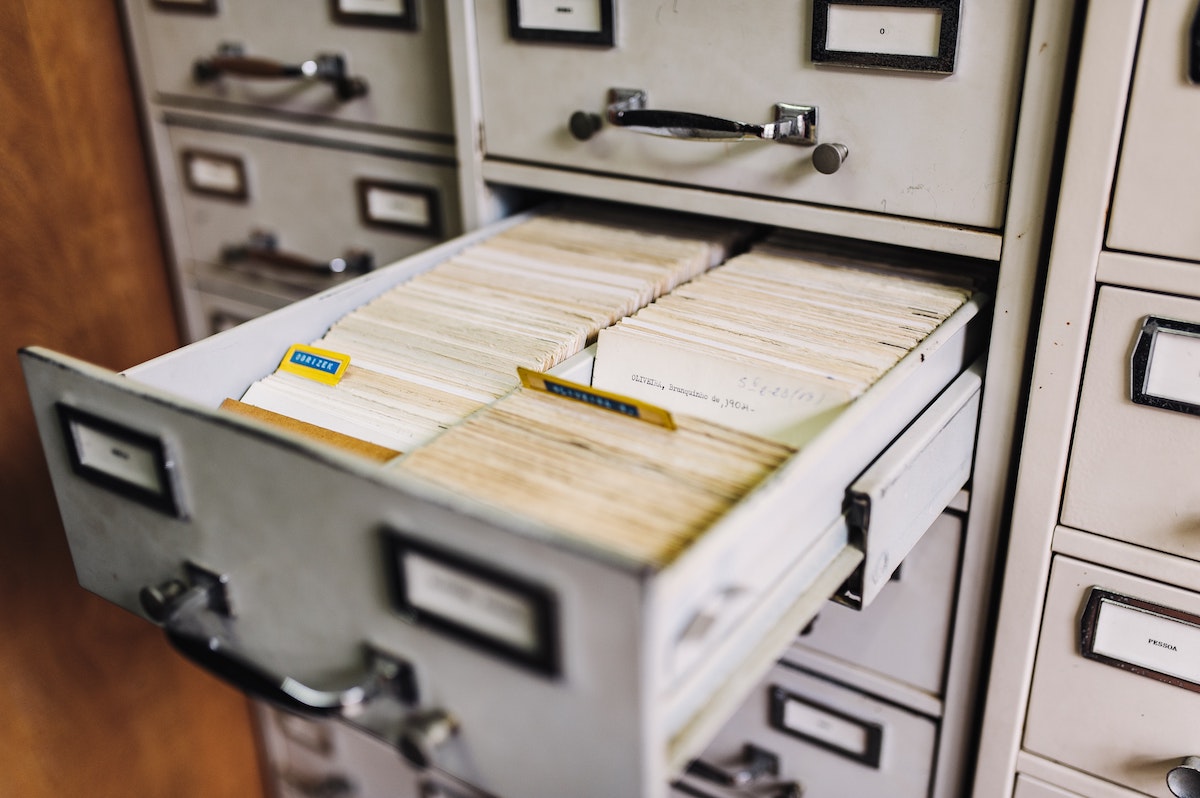If you’ve gotten past the title of this article, chances are that you are expecting things to get technical in a hurry. You’re right, so let’s just jump right in.
Electronic records are already the preferred method for many major industries: law, government, banking, and more. The medical profession is particularly eager to adopt a digital medium for record-keeping, leaving behind the days of the illegible scrawl in a file folder as the only indication of how long a patient has had a particular condition.
Some fields of medicine have already begun a wholesale shift into digital records. Veterinary medicine, for instance, has seen a rapid increase in the use of microchips to identify all manner of animals; a device roughly the dimensions of a grain of rice can be embedded below the animal’s skin and programmed to store the name and serial number of an animal, as well as full information on vaccinations and medical procedures. These can be read instantly by anyone with the right equipment, providing an easy and effective way to replace heaps of paperwork and certificates.

Most electronic records are kept in some kind of central server belonging to a relevant hospital, insurance provider, or government ministry. While this can make things quick and simple for those within that server, the complexities associated with modern healthcare mean that one server often needs information only available on another. The process of requesting information and getting it approved for transfer can be long and fraught with pitfalls, often to the direct detriment of a patient’s health.
In a blockchain, there is no central authority to organize the information; instead, each computer that has handled the medical information will hold its own record of that information. For any entry to be made, every computer connected with that information will need to approve the entry. This can be done automatically, often in negligible time, but still gives a significant advantage over central servers. In a central server, the information will only appear on other computers once it is approved by the central computer; with a blockchain keeping records, every computer affiliated with a certain medical record will always have a current record of the patient’s status. If properly implemented, this could eliminate wait times, bureaucratic logjams, and international inconsistencies in health care protocols that can seriously hinder a patient seeking care.

Blockchain record keeping has one main concern that has kept it off the books so far–security. Medical information is regarded as highly confidential in the modern world and having it stored on several computers makes it that much more vulnerable to intrusions and hijacking. Cryptocurrencies, the main users of blockchain technology, simply rely on the other attached computers to notice illicit transfer of funds, but medical information is more at risk of being exported from the blockchain than moved.
This does not mean that blockchain will never serve the medical community. To the contrary, it is likely to serve as the catalyst for a new and more complete system of securing the chain, for medical purposes and all others as well.